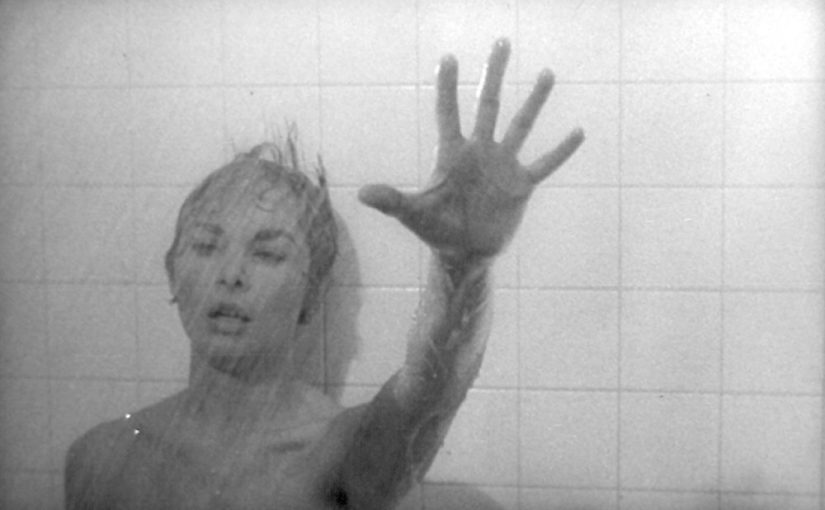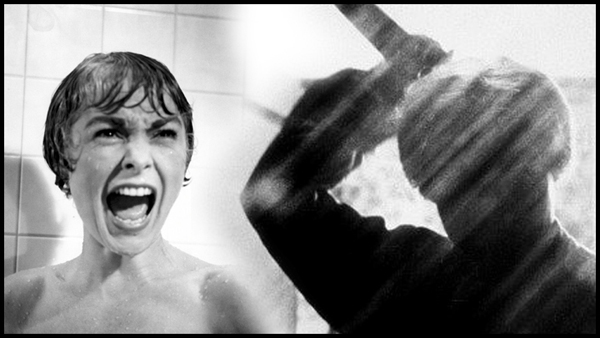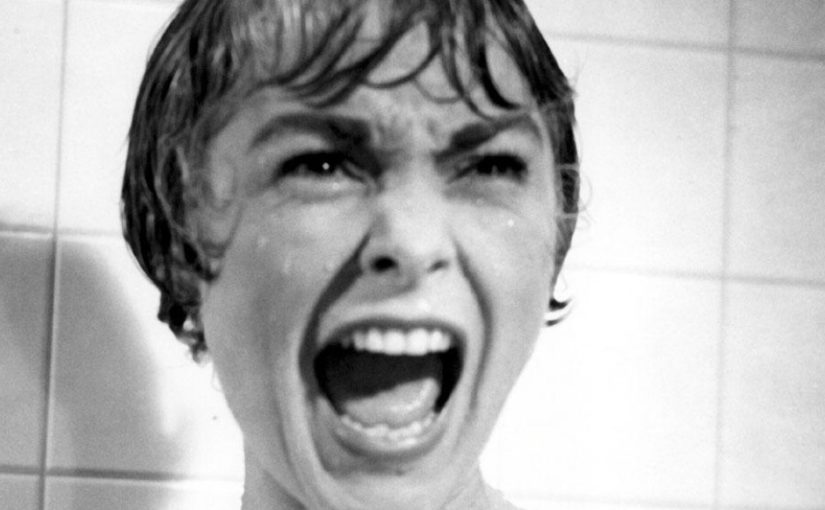You’re not you when you’re scared.
More precisely, you’re only a small part of you, that part where your normally rational mind-set has been hijacked by the survival brain and its adrenaline response (freeze, then fight or flee). The freeze takes time, time you may not have.
To reduce freeze time (the perception-action gap) requires developing the objective mind (OM) through knowledge, training and experience.
OM is the 4th Brain, the one that is NOT the rational, emotional or survival brain but is a coherent (hierarchically consistent) synergy. OM is the ‘anchor’ of the personality, a ‘place to stand’ and view the internal (psyche) and external (the world) environments. By realizing, and remaining anchored in OM, you are able to act, correctly and successfully, without waiting for the rational mind to grind through its processing procedures. It’s a type of mental reflex: see it, it’s done.
First, knowledge – the academic pursuit of information – reading, listening, contemplation and discussion. Think about these basic questions in order to gain a better understanding of the self: what are the levels of the personality and how do they express and interact, how do the three brains perceive, process, store, recall and share information, what are your ‘buttons’ and how do you react, and recover, when they get pushed – is there a pattern? What do you need, what do you want, which environments and activities make you feel happiest, saddest, fearful or angry?
Second – training in the inner and outer environments. Inner training (developing mindfulness) must include some form of meditation, a way to still the still the incessant chatter of the rational mind and the pressure of the emotional mind to act on feeling instead of thought. As with any training, meditation should be done daily. How many hours do you spend on fitness, or forms, or drills? There should be, must be, Balance.
Outer environment training should include all of the martial arts from the Spectrum, with emphasis on that category necessary to your needs. For instance, in the criminal justice field, the ability to CRUSH THE BAD GUY (defensive tactics) (following a sensitive and caring conversation, of course) is necessary.
Last is application of your knowledge and training. But, absent getting into the criminal justice or military career fields, finding environments and situations where your life might be on the line is difficult. You can get at least a dose of adrenaline from certain sports such as rock climbing, skydiving, bungee-jumping and tournament competition. Whatever makes your heart pound, mouth dry, bowels loose, palms sweaty and eyes a’google will give you some inoculation against the stress of startle adrenalization – the fear factor.
Then, if you get scared, you’re more than you.


